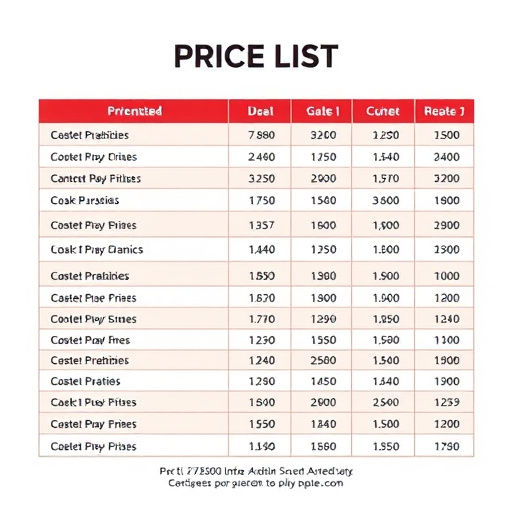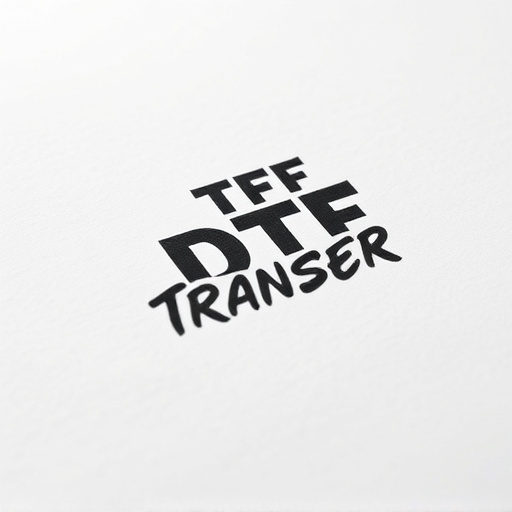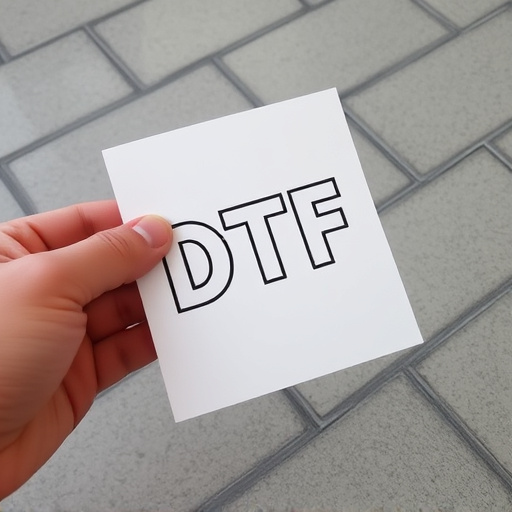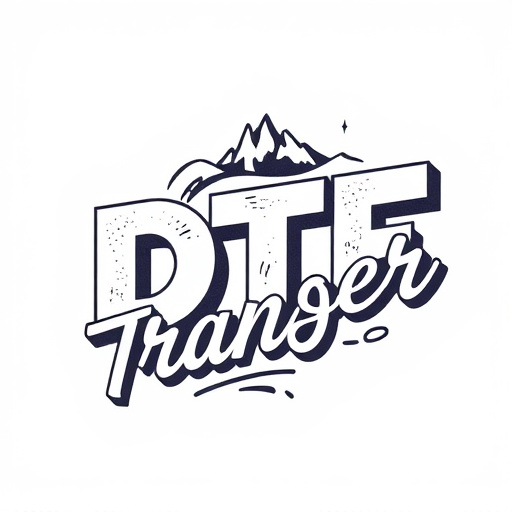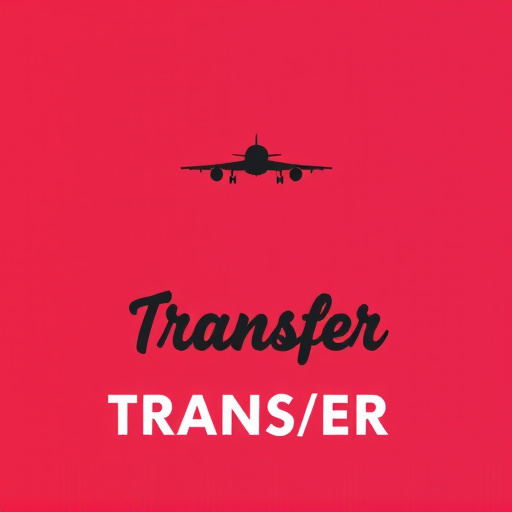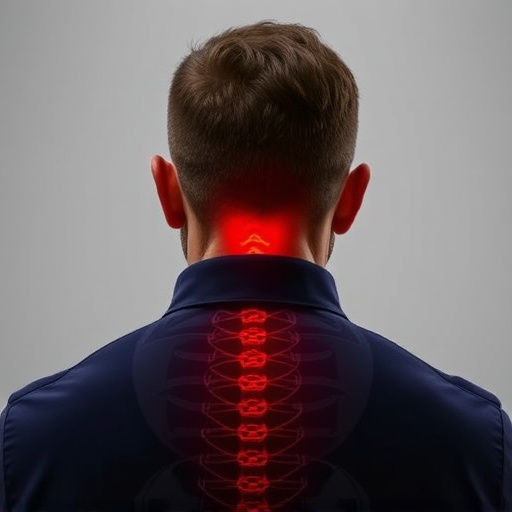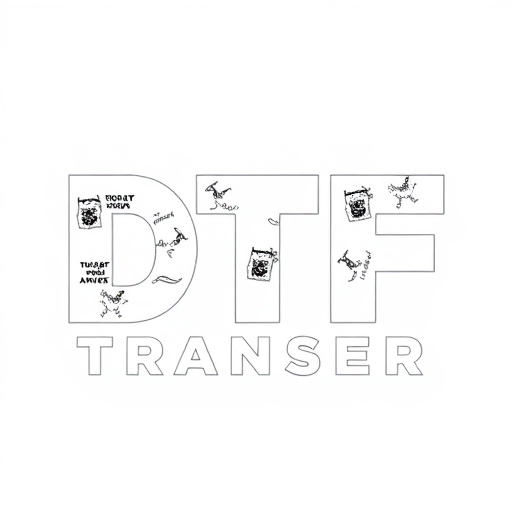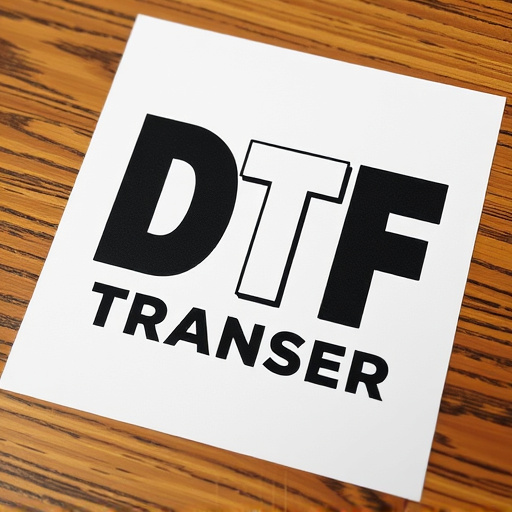Direct-to-Film (DTF) printing is a cutting-edge technique allowing designers to bring their creative visions to life directly on various surfaces, from clothing to collectibles. This method eliminates intermediate steps, offering vibrant colors, crisp details, and diverse materials. Beginners must understand the unique workflow, including preparing images with specific technical requirements. The process involves transferring designs onto film and then applying them to target surfaces using specialized equipment. Selecting suitable materials like vinyl or polyester ensures high-quality prints with prolonged display life. Designers should balance creativity and technical expertise to leverage high-resolution artwork, vector graphics, and accurate color profiles for striking results. A structured process involving conceptualization, digital refinement, and print-ready file preparation is essential. Maintaining print head cleanliness and using high-quality inks help overcome common DTF challenges.
Creating personalized direct-to-film (DTF) designs offers a unique way to bring your creative vision to life. This beginner’s guide delves into the world of DTF printing, providing essential insights for crafting custom designs. From understanding the basics of DTF and choosing the right materials to setting up your print space and following best practices, this article is your one-stop resource. Learn the step-by-step process, troubleshoot common issues, and elevate your DTF projects today.
- Understanding Direct-to-Film (DTF) Printing: A Beginner's Guide
- Choosing the Right Materials for Your Custom Design
- Designing for DTF: Tips and Best Practices
- Setting Up Your Print Space and Equipment
- The Step-by-Step Process of Creating Personalized DTF Designs
- Troubleshooting Common Issues in DTF Printing
Understanding Direct-to-Film (DTF) Printing: A Beginner's Guide

Direct-to-Film (DTF) printing is a cutting-edge technique that allows designers to bring their creative visions directly onto various surfaces, from clothing to collectibles. Unlike traditional printing methods, DTF skips the intermediate steps of printing on paper or fabric first and instead transfers designs onto the desired material in one smooth process. This innovative approach offers several advantages, including vibrant colors, crisp details, and a wide range of printable materials.
For beginners, mastering DTF involves understanding its unique workflow. The process begins with designing or sourcing an image that meets specific technical requirements for printing. This might include considerations like resolution, file format, and color profiles to ensure the final print is of the highest quality. Once prepared, the design is transferred onto a film, which acts as a temporary carrier before being applied to the target surface using specialized equipment. DTF printing empowers creators to explore endless possibilities, offering both technical precision and artistic freedom in their work.
Choosing the Right Materials for Your Custom Design

When creating personalized direct-to-film (DTF) designs, selecting the appropriate materials is a pivotal step in the process. The choice of materials directly impacts the final look and quality of your work. Opt for high-quality, durable substrates suitable for printing and exposure to various environmental conditions, especially if your design will be outdoors. Consider vinyl, polyester, or specialized DTF films designed for precision cutting and vibrant color reproduction.
Ensure your materials are compatible with your chosen printing method and equipment. Different films and substrates have specific requirements regarding ink types, printers, and laminating processes. Thoroughly research and test your materials to guarantee they meet your design’s needs. Using the right stuff will result in more precise cuts, superior print quality, and longer-lasting displays, enhancing the overall impact of your personalized DTF creations.
Designing for DTF: Tips and Best Practices
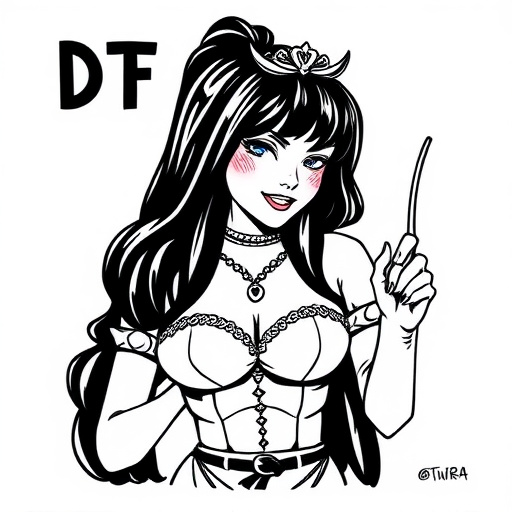
Creating personalized direct-to-film (DTF) designs involves a blend of artistic vision and technical precision. To start, understand that DTF printing directly onto film offers unique creative possibilities. When designing for DTF, consider resolution as a key factor; ensure your artwork is high-resolution to maintain sharp details when scaled up. Utilize vector graphics whenever possible to avoid pixelation.
Tips include playing with transparency effects and layering elements for depth. Remember, color profiles matter; accurately represent colors in your design software to match the final print. Keep text clear and legible, avoiding small font sizes. Test prints are crucial to catch any issues early on. Lastly, consider the film stock type—different stocks offer various finishes and qualities—and choose accordingly to elevate your DTF design’s impact.
Setting Up Your Print Space and Equipment

Before diving into creating personalized direct-to-film (DTF) designs, ensuring your print space and equipment are set up correctly is paramount. Start by designating a well-lit, spacious area for printing, equipped with ample work surfaces to accommodate large formats. Invest in high-quality printers suitable for DTF methods, such as UV or LED curable inkjet printers, which offer precision and vibrant color output. Calibrate your devices to ensure consistent color accuracy throughout the design process.
Organize your workspace with essential supplies: print media (film or vinyl), cutting tools, masking tape, and a clean-up station for managing excess ink. Consider safety gear like gloves and goggles to protect against potential chemical exposure. Stock up on consumables specific to DTF printing, including curing lights and any required maintenance tools. With the right setup, you’ll be ready to transform your creative visions into tangible, personalized DTF designs.
The Step-by-Step Process of Creating Personalized DTF Designs
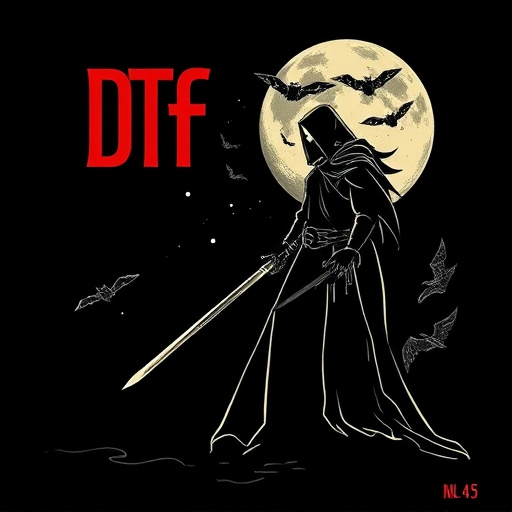
Creating personalized direct-to-film (DTF) designs involves a structured process that allows for creative expression and precise execution. Start by conceptualizing your design, considering the film’s theme, characters, or narrative to align your idea accordingly. Sketch out initial concepts on paper or use digital tools for more intricate details and experimentation.
Once you have a solid concept, translate it into a digital format using specialized graphic design software. This step includes refining elements like color palettes, typography, and layout. Ensure your design translates well onto the final medium while maintaining clarity and impact. After finalizing the digital version, prepare print-ready files according to DTF printing specifications, ensuring accuracy and high resolution.
Troubleshooting Common Issues in DTF Printing
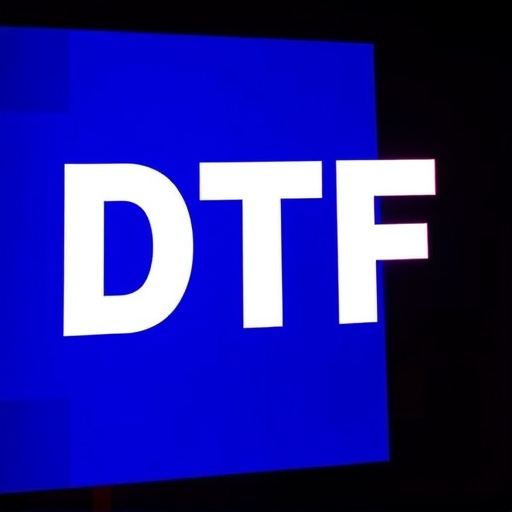
Direct-to-film (DTF) printing is an innovative way to create personalized designs, but like any process, it’s not without its hurdles. Some common issues include print quality problems, such as streaking or uneven ink distribution, which can often be attributed to improper setup or cleaning of the print head. Ensure regular maintenance and use only high-quality inks and media to avoid these issues.
Another frequent challenge is misalignment, leading to designs that don’t perfectly adhere to the film. This can be corrected by calibrating your printer accurately and using alignment tools provided by the software. Additionally, keep an eye out for dust or debris on the print surface, which can cause defects; a clean, pristine surface is essential for optimal DTF results.
